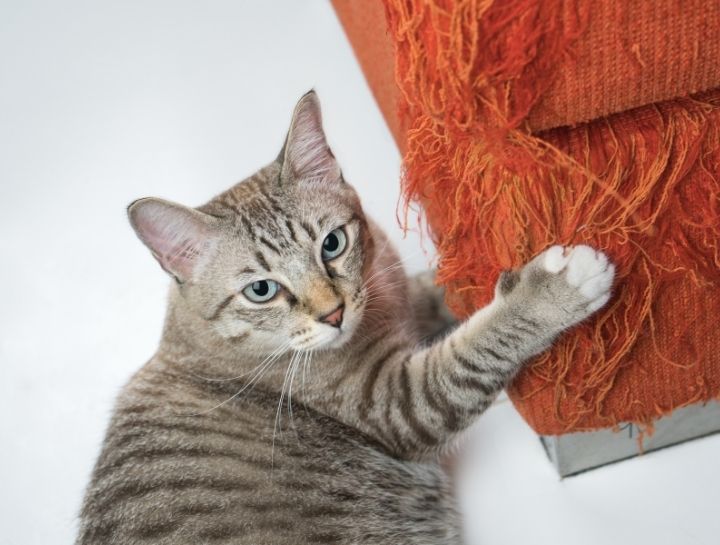Pet Behavior Counseling
Common pet behavioral problems and treatment plans.
Dogs and cats can suffer from a multitude of ailments ranging from severe phobias to aggressions. The first step in controlling these issues is to understand the "what and why" of each situation. Proper diagnosis dispels myths in behavior.
It is common for a pet owner to assume that their pet is just being spiteful when in fact they may have a behavioral problem. At Willow Park Animal Clinic, we strive to help our clients learn the real reasons for their pet's behavior and then find realistic options for a treatment plan.
During your pet's behavior consultation, we will review your pet's history, provide a physical evaluation and diagnosis, and work with you to develop a treatment plan.
Common Pet Behavioral Problems
- Aggression toward people or other animals
- Separation anxiety from owners or other family pets
- Thunderstorm phobia
- Unruliness
- Self-mutilation
- Destruction
- Compulsive disorders (repeatedly performing a behavior to the extent that it interferes with everyday life) like tail chasing, shadow chasing, licking, fly snapping, spinning, pacing, chewing, and toy fixation
- Nuisance actions such as excessive barking, digging, biting, scratching, and jumping
- Urine spraying/marking
Types of Treatment Plans
- Behavior modification
- Medication
- Environmental changes
- Medical recommendations
Are Pet Behavioral Problems Common?
Actually, yes. But most problems are easily preventable if diagnosed and treated early. Do be prepared to try different approaches to the problem – not every pet is the same!
If it's a behavior problem, don't I need a trainer? How can a veterinarian help me?
Some behavior problems, like obedience issues, are best solved with a professional trainer or behaviorist. More complicated problems, like aggression, may need a combination of veterinary intervention and obedience training.
A veterinarian is professionally trained in assessing behavior problems. We can help diagnose the specific problem and recommend appropriate action. Most importantly, if your pet has developed an unpleasant behavior, the first thing we need to do is rule out underlying health issues. Your cat is missing the litter box? This could mean a urinary tract infection. Sudden change in personality? Perhaps it's related to abnormal thyroid hormone levels.
In many cases, a behavior problem will be one we've seen before. And for many problems, there are tried and true remedies. For example, a different litter type or an extra pan in the house may help with cases of inappropriate elimination in cats.
Do some behavior problems require medication?
We will always try behavior modification first. However, there are some cases where medication, used in conjunction with behavior modification, can help to manage a problem. Of course, we'll discuss the pros and cons of any treatment with you so you can better choose what's best for your pet.
Behavior Consultations
If you feel you do not understand your pet's behavior and need help, we are here to assist you. Through a behavior consultation, we gather information regarding possible causes and contributing factors of the problematic behavior to make a diagnosis and an individualized behavior modification plan that fits your pet's needs.
Call us at (403) 278-9311 or request an appointment online to discuss your pet's behavior needs.

